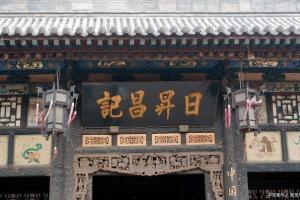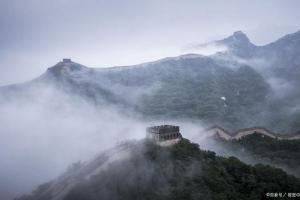How many stages did Ming Dynasty calligraphy develop? What are the representative calligraphers?
The Ming Dynasty was another golden age for ancient Chinese calligraphy, during which various calligraphy styles made significant progress, such as running script, regular script, and cursive script, with the fastest development. At the same time, in the Ming Dynasty, countless calligraphy masters also emerged, constantly contributing to the development of Chinese calligraphy.
So, in the long history of the Ming Dynasty over the past three hundred years, how many stages did the development of Ming Dynasty calligraphy go through? What are the representative calligraphers?
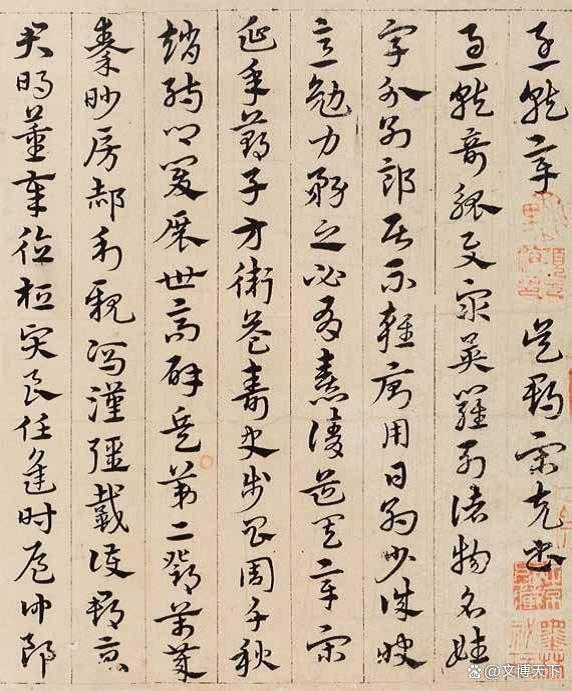
The development of calligraphy in the Ming Dynasty went through three stages, among which the first stage was the early Ming Dynasty. During this period, due to the strong promotion and promotion of calligraphy art by Ming Taizu Zhu Yuanzhang and Ming Chengzu Zhu Di, who issued edicts that calligraphy could be used for official positions, many literati devoted themselves to studying calligraphy. Additionally, because Ming Chengzu loved the gorgeous and beautiful style of calligraphy, the fonts of Yuan Dynasty calligrapher Zhao Ziang and Eastern Jin calligrapher Wang Xizhi were most highly praised, which contributed to the elegant style of calligraphy in the early Ming Dynasty.
Under the influence of the Zhao style, many calligraphers have created their own fonts based on the Zhao style, and even many calligraphers have more beautiful fonts than the Zhao style. However, many people ultimately failed to break through the framework of the Zhao style and reach the level of Zhao Ziang. However, in the end, they formed a calligraphy style with mixed reviews, namely the Guan Ge style. Whether the style of the pavilion is good or bad varies from person to person, and wise people have their own opinions. Overall, the calligraphy style during this period was too beautiful, or rather vulgar.
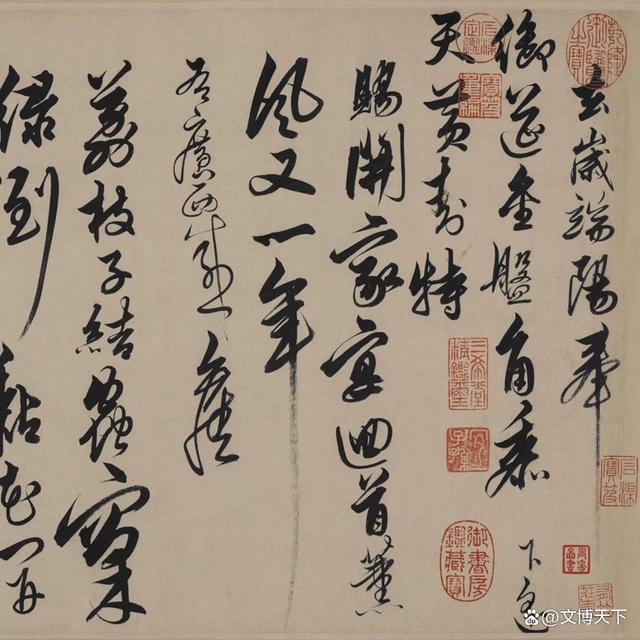
Representative calligraphers include "Three Song and Two Shen", Jie Jin, Yu He, Zhang Bi, Chen Bi, Zhan Jingfeng, etc. Among them, Jie Jin is skilled in cursive writing, and his cursive writing pioneered the Ming Dynasty's cursive calligraphy. His calligraphers inherited the critical position, and among many calligraphers in the early Ming Dynasty, it can be said that only Jie Jin was not influenced by the Zhao style or was less influenced by the Zhao style.
Overall, the calligraphers of the early Ming Dynasty were deeply influenced by the calligraphers of the Yuan Dynasty, represented by Zhao Ziang, which led to significant limitations in their calligraphy skills. However, compared to the Yuan Dynasty, calligraphers during this period explored more extensively in the creation of large-scale calligraphy works, which greatly inspired later calligraphers. The emergence and maturity of large-scale cursive works in the late Ming Dynasty were inseparable from the exploration and innovation of calligraphers in the early Ming Dynasty.
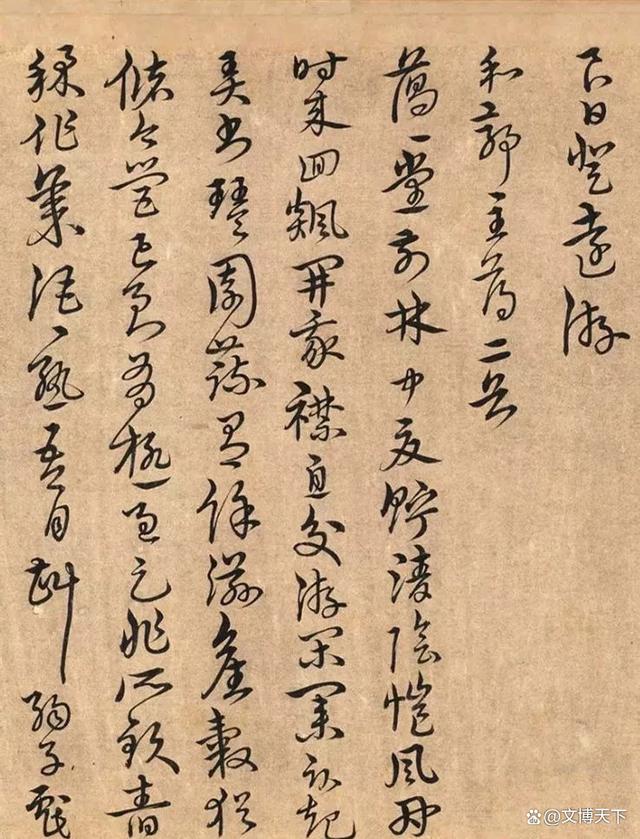
The mid Ming Dynasty was the second stage of Ming calligraphy, during which calligraphers gradually attempted to break the shackles of the Zhao style and advocated learning from the Jin and Tang dynasties, integrating the strengths of multiple calligraphers to form their own calligraphy style. Compared to the ideas of calligraphers in the early Ming Dynasty, we now have to admit that the ideas of calligraphers in the mid Ming Dynasty were more reasonable. This is an awakening of the era, and this idea still has educational significance to this day.
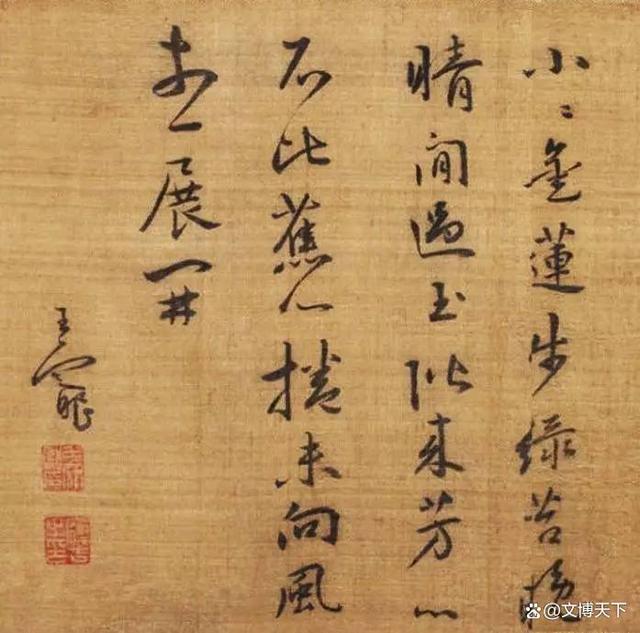
During this period, the Jiangsu and Zhejiang regions became the main battlefield for the development of calligraphy, with representative calligraphers including Zhu Yunming, Wen Zhengming, and Wang Chong. These three were known as the "Three Representative Calligraphers of the Mid Ming Dynasty" by the world. Among them, Zhu Yunming's cursive script was unique, Wen Zhengming's running script, regular script, and others were known as the "number one of the dynasty", while Wang Chongshan's regular script and cursive script were known as "outside of Wen Zhengming, Wang Yayi should be the number one".
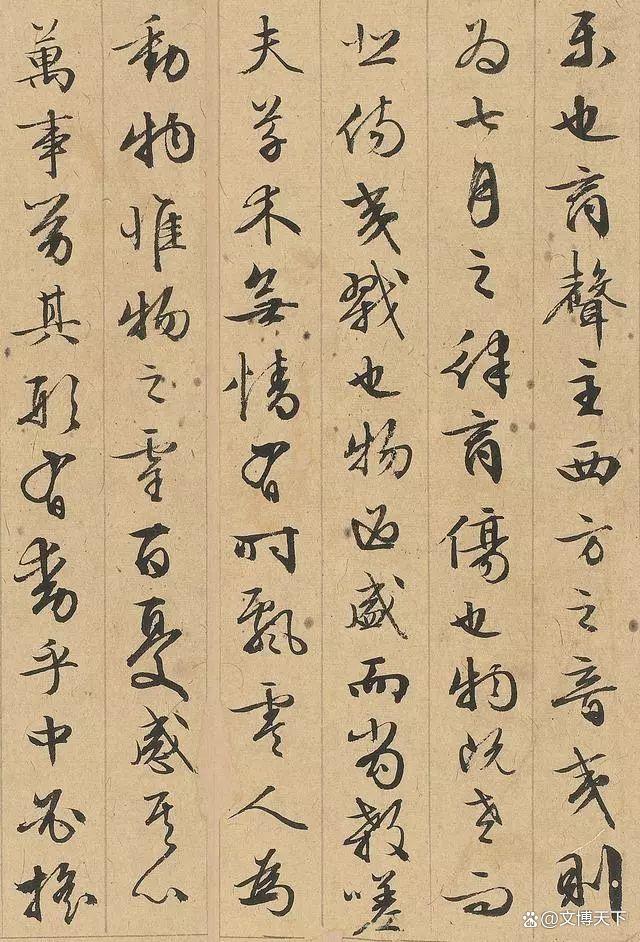
At the end of the Ming Dynasty, calligraphy entered its final stage. During this stage, calligraphers pursued more of the liberation of thought, the liberation of brushwork, and the expression of individuality in their calligraphy philosophy. The form of calligraphy was mostly long axis and large scale. Due to political corruption in the late Ming Dynasty, the officialdom was dark and the people were struggling, and most literati were filled with anger. Therefore, calligraphers in the late Ming Dynasty often acted recklessly and did not overly design or demand the brushwork and structure, but rather focused on being casual.
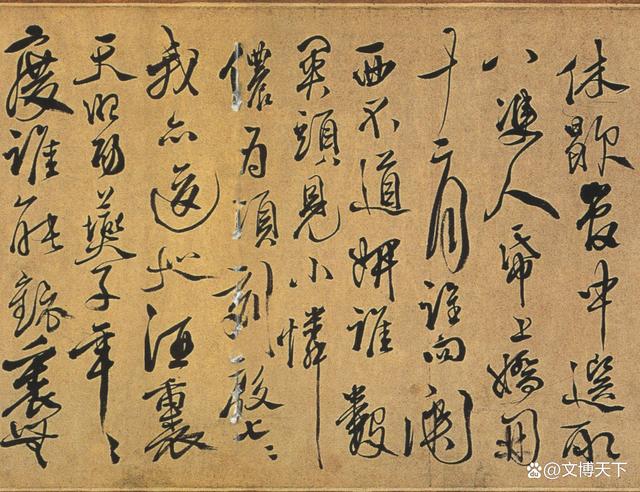
It is precisely because the calligraphers of the late Ming Dynasty often used their pens poorly that, from the perspective of brushwork, the precision, accuracy, and richness of their brushwork were not as good as those of other periods. The calligraphy works of this period are most like the "ugly books" in the eyes of the public, after all, the main style of this period is not beautiful, but rather the casual inspiration that bursts out.
There were many representative calligraphers in the late Ming Dynasty, among which the most outstanding were Dong Qichang, Wang Duo, Xu Wei, Fu Shan, and others.








